Do many types of rechargeable batteries make us confused? We can get the best option easily if we know some basic information about them.
Rechargeable batteries bring many benefits to users. They are portable tools that store energy for many electronic devices, such as cameras, cell phones, headlamps, wristwatches, electric toothbrushes, etc.
There are plenty of rechargeable battery kinds on the market today, but some aren’t widespread for many reasons. In this article, we will mention two common types that are popular and available in many areas of the world.
Rechargeable Battery Types
Non-rechargeable batteries may be cheaper, and there are some disposable batteries like single-use Alkaline batteries. However, many kinds of batteries can now be rechargeable with higher battery power, longer shelf life, and safer electrical contacts.
All the kinds of batteries mentioned below can be recharged hundreds of times and have a long cycle life. They don’t have the ‘memory effect‘ and are easy to buy.
These types overcome the downsides of older types with toxic metals and chemical energy like Lead-acid batteries, Ni-Cd (Nickel Cadmium), or some types stopped production by battery manufacturers like Ni-Zn (Nickel Zinc).
Ni-MH Rechargeable Batteries (Nickel-Metal)
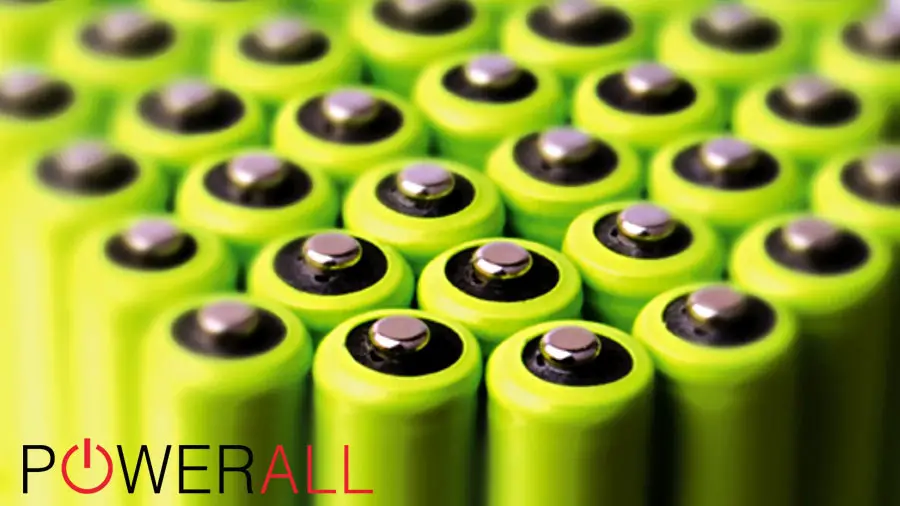
Rechargeable Standard Nickel-Metal Hydride Batteries
Ni-MH stands for Nickel-Metal Hydride. This kind has a similar electrochemical reaction to Ni-Cd because of using NiOOH.
However, the negative electrodes use an alloy instead of cadmium and potassium hydroxide as an electrolyte, giving this type of battery more advantages than Ni-Cd.
Ni-MH has numerous applications for high-drain devices like hybrid automobile batteries or frequently used gadgets like mobile phones, electric toothbrushes, cordless phones, camcorders, bike lights, medical equipment, and more.
The benefits of Ni-MH rechargeable batteries:
- Good capacity and is suitable for use in a condensed time for high-drain devices.
- This product causes low environmental impact because of the safer chemical.
- Ni-MH provides constant energy because of the stable voltage. The nominal cell voltage of this battery is 1.2.
- The powerful electron flow gives good electrical energy when generating high-drain equipment. The energy density of this type fluctuates between 140 and 300 W·h/ L.
- Average life span. This merchandise can gain about 350-400 cycles.
The drawbacks of Ni-MH rechargeable batteries:
- The high ‘self-discharge’ rate. Self-discharge means the battery’s stored energy may be lost when not in use. The power in standard Ni-MH was lost between 1 and 5 % per day and approximately 35% per month.
- The capacity may be reduced after charging many times.
- Must be charged at the first use.
Rechargeable Pre-charged Nickel-Metal Hydride Batteries
Pre-charged Ni-MH battery is marketed as ‘ready to use ‘, ‘hybrid’, or ‘pre-charged’. The construction of this type is similar to standard Ni-MH, so it inherits many strong points of standard Ni-MH.
The highlights of this type are ready-to-use right away and the minimal self-discharge rate compared to the standard one (under 20 percent after six months).
The good can be used for high-drain devices but is best used in gadgets with prolonged time, like headlamps. The low self-discharge is also suitable for low-drain tools such as clocks, smoke detectors, electric toothbrushes, electric bicycles, and wireless keyboards.
Pre-charge Ni-MH type will be the best choice for many portable electronics because of its steady energy flow and big capacity. It fits especially for long journeys or traveling.
Li-ion Rechargeable Batteries (Lithium-ion Batteries)
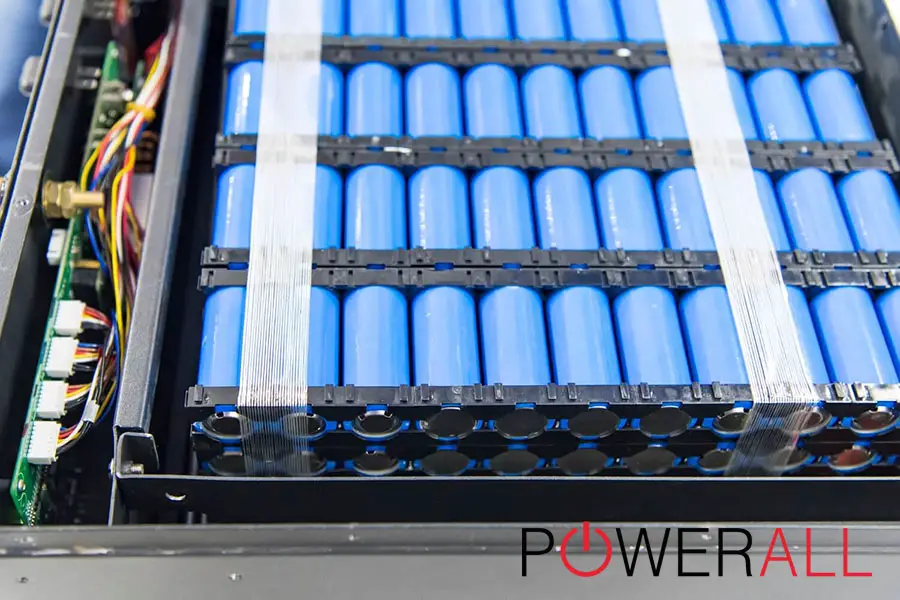
Li-ion stands for Lithium-ion battery, whose electrochemical cells are made from a reversible reduction of lithium ions.
This merchandise is one of the most widespread rechargeable batteries on the market due to its greater capacity than others (up to 9V, depending on size).
With many advantages, the sorts of Li-ion batteries are broadly used in high-drain devices such as digital cameras, smartphones, laptops and computers, power tools, golf carts, wireless microphones, and electric vehicles.
Pros:
- Outstanding capacity offers high-drain application. All Li-ion kinds have a nominal cell voltage of more than 3.6.
- Stable and long-lasting performance. The energy density of Li-ion batteries can peak at 693 W h/L, and the estimated recharged cycles are more than 1000 times.
- Provide the lowest self-discharge rate, better than pre-charge Ni-MH types (under 2.5 percent per month depending on energy, extreme temperature, and weather).
- This product causes a low environmental impact when recycling.
- Long life span with hundreds of times recharge.
Cons:
- Requires a special charger.
- Negative effect on capacity no matter using or not over time.
FAQs
Are All Rechargeable Batteries Lithium?
Lithium batteries have many benefits making them more well-known, and many other storing energy goods use lithium as a based chemical reaction.
However, they aren’t the only type of rechargeable batteries. Various products on the market use different chemical compositions and configurations to meet all people’s demands.
Which Type Of Rechargeable Battery Is Best?
There are some sides that we should consider before buying a new battery. Let’s check the duration, the sizes, the affordable cost, and the purpose of use.
The best product is the one balancing all criteria to satisfy your demand.
About the sizes: It is easy to find the measurements in the instruction manual of the devices. Pick Ni-MH types if the machine uses AAA batteries and the sorts of Li-ion cells are proper for flat-shaped gadgets.
What types of rechargeable last longest? Li-ion types are superior.
Cost: Ni-MH is cheaper than Li-ion upfront, but Li-ion has more charged cycles than Ni-MH.
The purpose of use:
- If the tools require AAA batteries, Ni-MH is easy to apply. Standard Ni-MH kinds are fit with those used in a condensed time.
- Otherwise, the pre-charge Ni-MH is the best choice for short-term uses and frequently moved gadgets.
- With the highest capacity, Li-ion batteries are recommended for very high-drain and flat-shaped devices.
- The bigger the capacity gains, the faster the battery damages.
Tips For Using And Saving Rechargeable Batteries
Here are some tips to protect and prolong the lifespan of the battery:
- Don’t overcharge. Notice the energy in our devices, and unplugging the charger on time may protect their lifetime.
- Stay far from fire and flammables, especially Li-ion batteries, for fire prevention.
- Extreme temperatures should be noticed to restrict the self-discharge rate.
- Remember to use a suitable charger.
- If we stop using the devices, don’t forget to remove the batteries.
Conclusion
This article has provided types of batteries that are rechargeable, Ni-MH and Li-ion batteries. These are the main types we can look for easily in many E-commerce platforms and areas. Have you found the best product for your device yet?

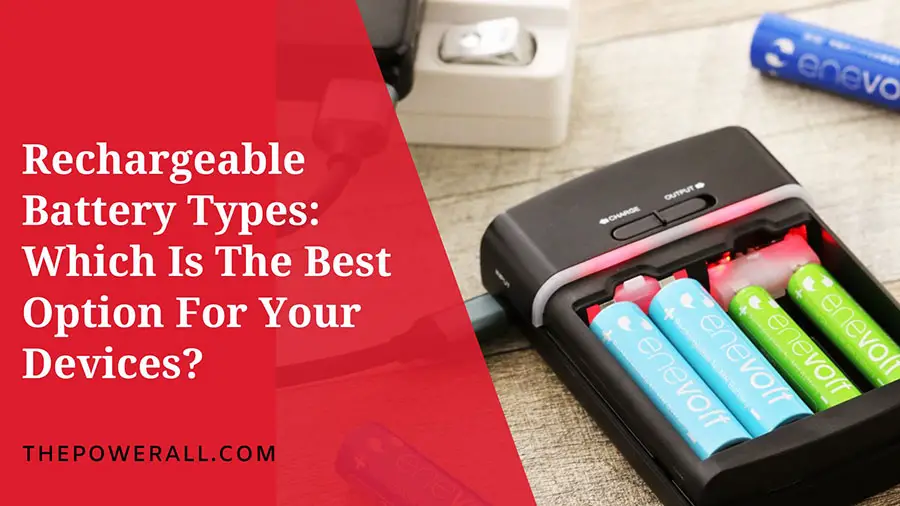

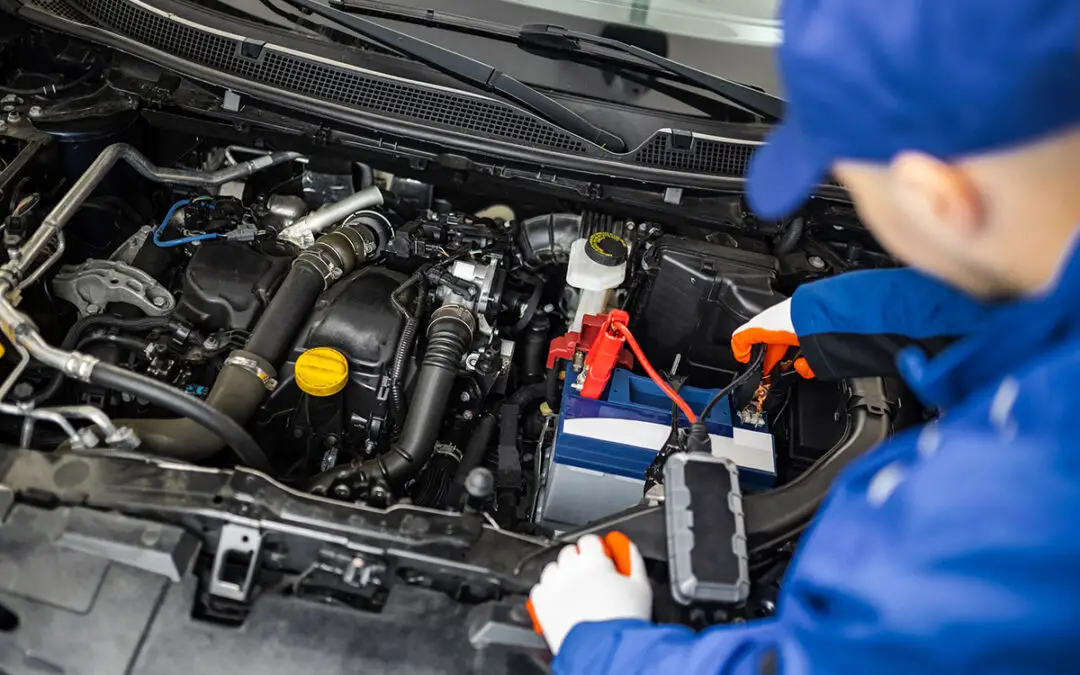
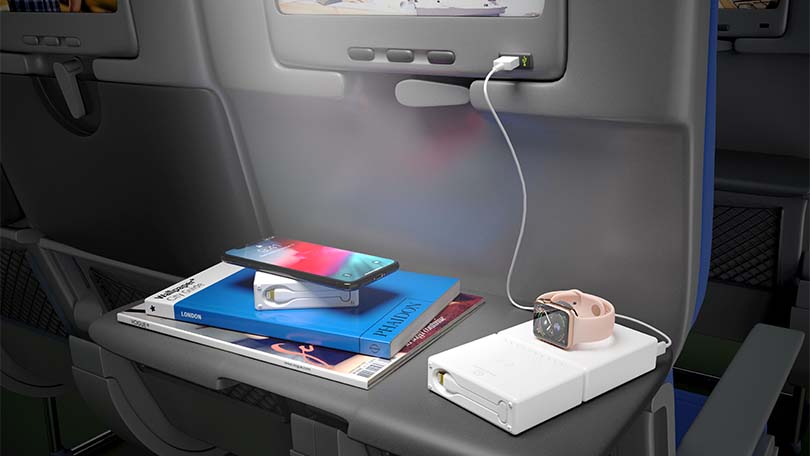
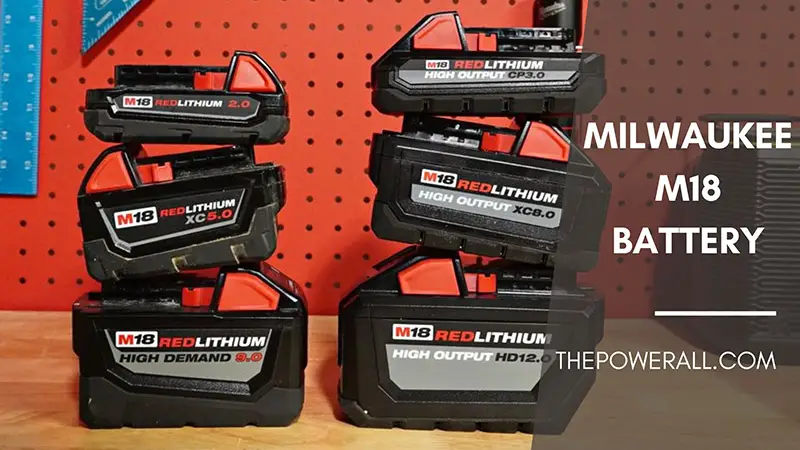
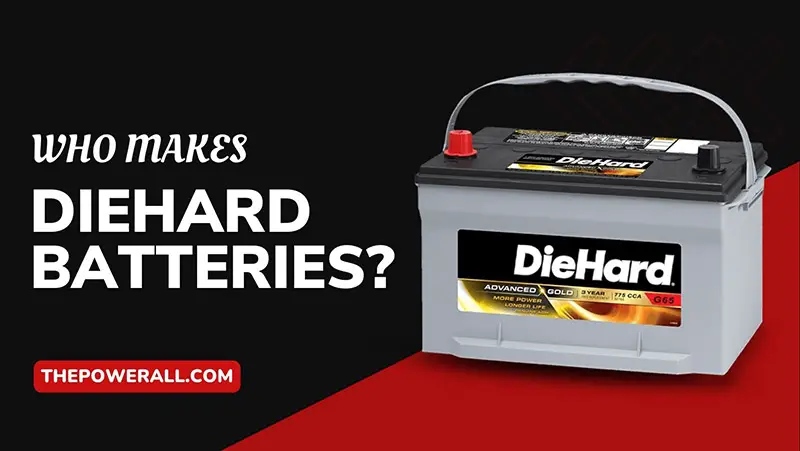
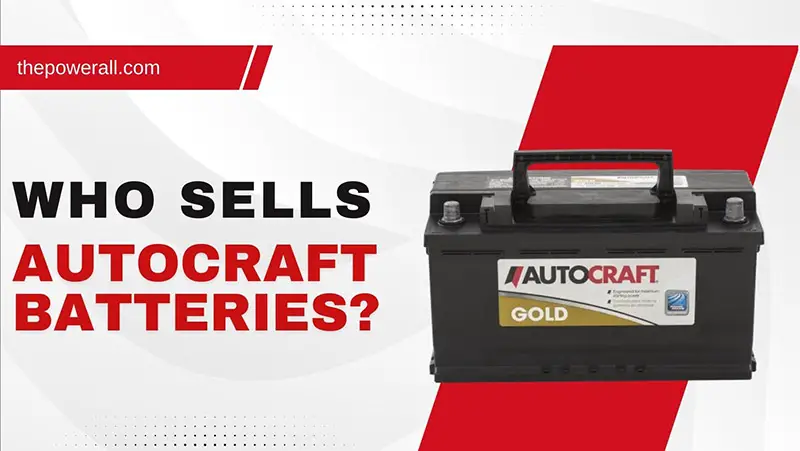
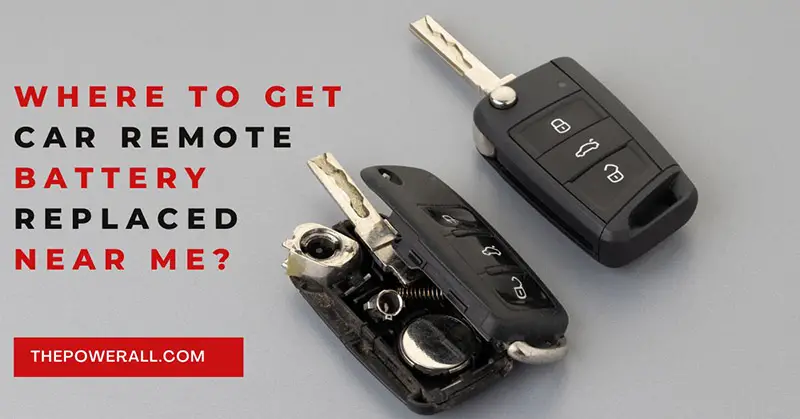
0 Comments